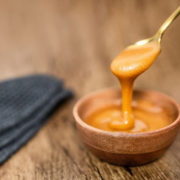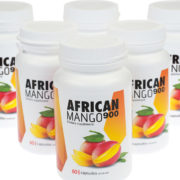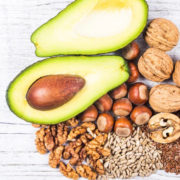In Canada, food manufacturers are required to state nutritional facts on their packaging. Food labels are found on the backside of the packages and list important details like nutrient information, calories and food ingredients. Understanding how to read and compare food labels will help you make more informed and healthy food choices.
Calories: How Many Are In A Serving, And How Many Are You Actually Consuming?
When comparing food labels to determine the nutrition of bread options, one thing to look for is calorie count. Depending on your needs, you may require a higher calorie count or you may need to limit your caloric intake. Consumers should understand their daily caloric needs to make informed food choices. When looking at labels, keep in mind that calories are based per serving size – for bread a serving size could be one, two or more slices of bread. Pay close attention to what your label says to make sure you know how many calories you will be consuming.
How To Determine The Most Essential Nutrients
Food labels also contain nutrition facts tableswhich include recommended daily values. These are important because they not only show which vitamins and minerals are included, but other important information such as fat, cholesterol, sodium, sugar and protein levels. This information is especially important for those shoppers with special dietary needs. In taking your own eating habits into consideration, you can choose foods that are sources of nutrients you may be lacking. For example, if you need more fibre or iron you might look to whole grain bread or white bread sources. You can also avoid saturated fats or cholesterol by comparing bread brands to find the lowest amount per serving size.
No Added Chemical Additives and Artificial Preservative Free
Just as important as the nutritional facts tables are ingredient listings. Knowing what is in your food enables you to make informed decisions. Some breads may contain artificial preservatives and other added chemical additives to extend shelf life or make bread last longer. There are options available that are made with simple, real ingredients and without these artificial extras or high fructose corn syrup. You can also look for unbleached wheat flour in white and whole wheat breads for its higher nutritional value
When it comes to the nutrition of bread, not all breads are created equal. Consumers who are aware of the nutritional information can make informed decisions by reading food labels and making choices that best fit the needs of their families.














